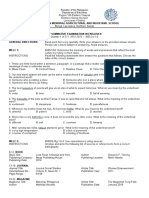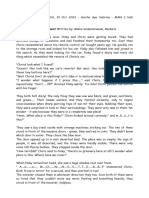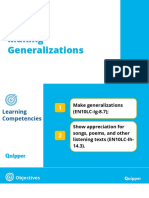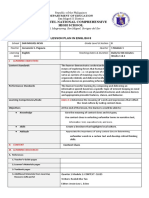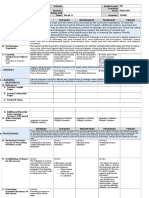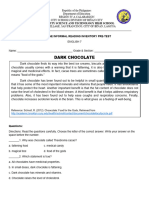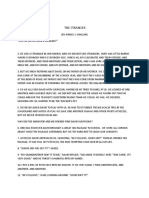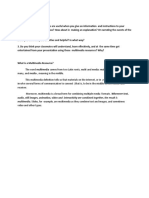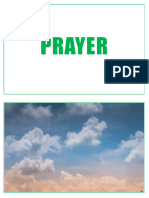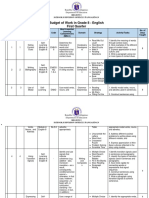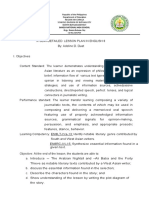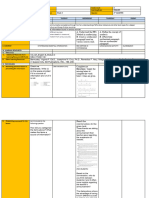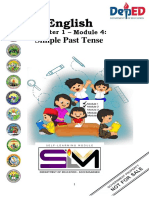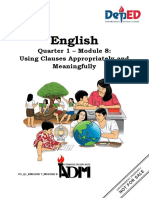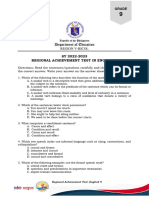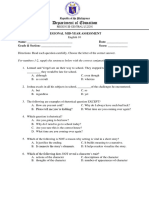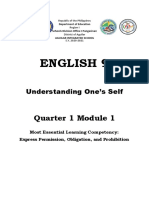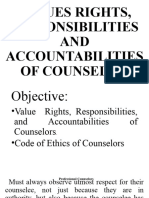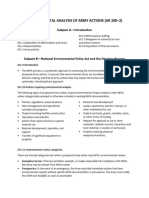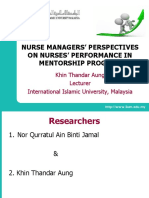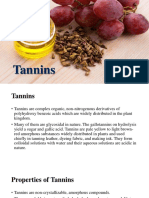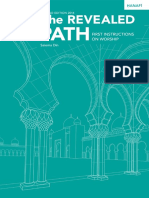0% found this document useful (0 votes)
65 views19 pagesGraded Passages - Student - S
The document contains graded passages for students from grades 4 to 8, each followed by comprehension questions. The passages cover various topics such as Anansi's Web, Amy's Good Deed, the significance of dreams, the story of Lili the Lizard and Koko the Gecko, and the importance of coral reefs. Each passage is designed to assess reading comprehension and critical thinking skills.
Uploaded by
JIANNE PEARL DE TORRESCopyright
© © All Rights Reserved
We take content rights seriously. If you suspect this is your content, claim it here.
Available Formats
Download as DOCX, PDF, TXT or read online on Scribd
0% found this document useful (0 votes)
65 views19 pagesGraded Passages - Student - S
The document contains graded passages for students from grades 4 to 8, each followed by comprehension questions. The passages cover various topics such as Anansi's Web, Amy's Good Deed, the significance of dreams, the story of Lili the Lizard and Koko the Gecko, and the importance of coral reefs. Each passage is designed to assess reading comprehension and critical thinking skills.
Uploaded by
JIANNE PEARL DE TORRESCopyright
© © All Rights Reserved
We take content rights seriously. If you suspect this is your content, claim it here.
Available Formats
Download as DOCX, PDF, TXT or read online on Scribd
/ 19
